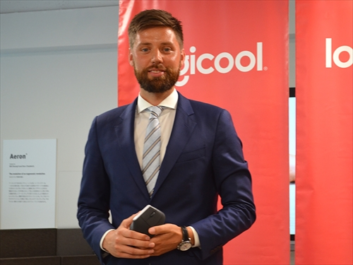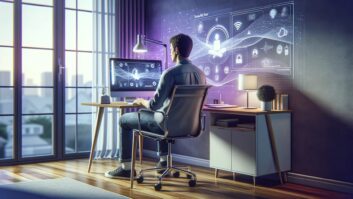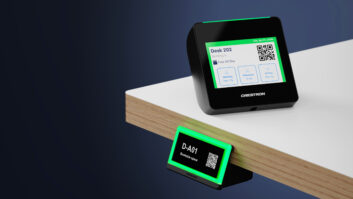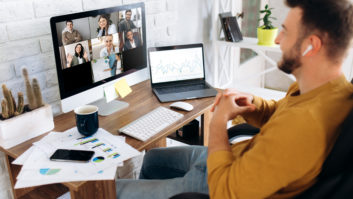 What does wellbeing mean to you? And what should it mean for employers? ‘Wellbeing’ is defined as ‘the state of being comfortable, healthy, or happy’ and is arguably most associated with positive mental health. As a result of coronavirus, there has been a decline in positive mental health. The World Health Organisation has even warned of a mental health emergency resulting from increased anxiety, stress and isolation.
What does wellbeing mean to you? And what should it mean for employers? ‘Wellbeing’ is defined as ‘the state of being comfortable, healthy, or happy’ and is arguably most associated with positive mental health. As a result of coronavirus, there has been a decline in positive mental health. The World Health Organisation has even warned of a mental health emergency resulting from increased anxiety, stress and isolation.
Amidst this, employers are also navigating radically shifting workplace needs and expectations. Corporate policies are even manifesting as you read this, with some of the city’s biggest employers announcing strategies over the past couple of weeks.
As employers respond to remote models (which can bring positive mental health benefits such as flexibility and family-friendly working), wellbeing has become a strategic imperative.
The distinction between mental and physical wellbeing is important here. While media commentary has focused largely on mental health, physical wellness also plays a huge part. If our goal is to both feel good and function well, neither of those can be achieved without a holistic view of mental and physical health. Should we be working from home hunched over a laptop using the touchpad with an inbuilt microphone that echoes your voice in meetings to all participants?
Not just niggles; wellbeing for the body
If we understand wellbeing as ‘feeling good and functioning well’ that means also reflecting on our physical health.
The Institute for Employment Studies has reported a significant increase in musculoskeletal complaints due to the pandemic. More than half of workers have reported new aches and pains, especially in the neck, shoulder and back; keyboard work was the third biggest cause.
The pandemic is clearly taking a toll on our bodies as much as our minds. In fact, the two are intertwined. Numerous studies support the idea that preventing musculoskeletal issues, and the associated pain and discomfort has a direct impact on mental health.
Fortunately, there are very practical ways to deal with this. Using ergonomic products designed with a human-centered approach can improve posture, increase comfort, lower muscle strain.
Heavy computer users perform three million keystrokes and move their mouse up to 17 miles in a year. Using equipment that is not optimised for human physiology can cause serious issues. However, ergonomically designed mice that echo the natural handshake position are proven to reduce wrist pressure, improve wrist posture and relieve forearm strain. Similarly, curved, split keyframe keyboards reduce muscle strain on wrists and forearms.
Ergonomic mice and keyboards place your hands, wrists, and forearms in a more natural posture – which in turn can help relax your entire upper body. A more natural posture leads to a quantifiable reduction in muscle activity; meaning you can work just as productively while putting less stress on your body.
With increased hybrid working, this isn’t just an issue at the office, and both physical and mental wellbeing should be considered integral to working practices. Much like in the office, employers should also facilitate healthy home working spaces, based on the same ergonomic principles.
Equipment for hybrid working must take a holistic, human-centered and science-driven approach. Employers must support the shift in what constitutes a workspace and ensure that wherever people work, it is fit for purpose and supportive of wellbeing.
- AV and the pandemic: an accelerated pace of change
- The role of corporate AV in the evolving workplace
- New sound for a new normal
Video can help to re-engage lost connections
Earlier this year, the Office for National Statistics released a map charting the UK’s skyrocketing levels of loneliness. Loneliness is known to increase the risk of depression and anxiety, exacerbating stress and lowering self-esteem. This poses a challenge. While many have welcomed the flexibility of remote working, it’s clear that others have suffered a lack of connection with colleagues.
This has spurred many to consider adopting hybrid models where employees can enjoy a mix of remote and office working. Seventy-seven per cent of UK employees reported this as the best way forward post Covid-19, with Cap-Gemini reporting truly hybrid models will see ‘improved productivity, lower costs, refreshed managerial roles and strengthened cultural fabric’.
To attain a truly hybrid model, neither home nor office should feel like a lesser option. Both must offer facilities that enable connection and communication. Those working from home shouldn’t feel excluded from colleagues who are at the office.
The right technology powers this experience with state-of-the-art video conferencing facilities enabling teams to come together virtually. Now, 4K conference cameras can autofocus to pan, tilt and zoom to focus on individuals within a large room. Webcams with integrated high-quality microphones and optics make sure remote workers are seen and heard just as clearly as if they were physically in the office.
Combating loneliness is a vital component of employee wellbeing. How we connect with others through work should enable us to build better, closer connections, no matter the location we work from. Technology is proving to be a key part of answering this challenge, powering productivity and enabling employees to do their best work in the environment that best suits them.
A holistic view of wellbeing at work
Covid has broadened our understanding of the role of work in people’s wellbeing. While mental health has dominated many headlines, what is increasingly clear is that post-Covid, wellbeing encompasses both the mental and physical in more ways than ever before. As a result, employers must approach wellbeing in a way that supports body and mind. Technology cannot answer every aspect of these challenges, but it can play a huge role in an approach to wellbeing that is both holistic and strategic.







